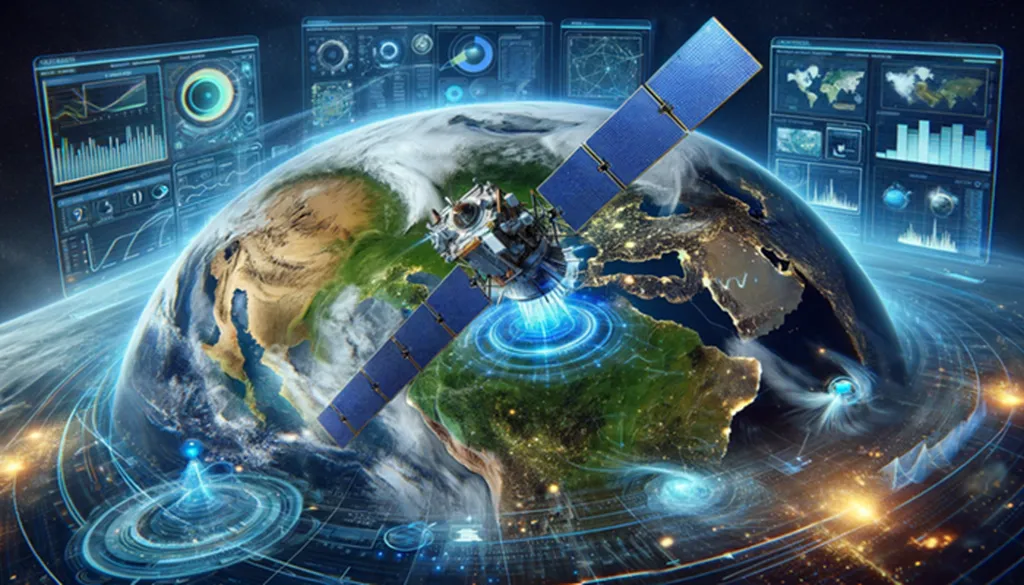In a groundbreaking development that could reshape how industries harness data from the skies, researchers have made significant strides in integrating remote sensing (RS) with artificial intelligence (AI). This fusion of technologies is opening new avenues for precision and efficiency in Earth observation, with profound implications for sectors like energy, agriculture, and urban planning.
At the forefront of this research is Nikolay Kazanskiy, a scientist from Samara National Research University in Russia. Kazanskiy and his team have published a comprehensive review in the journal ‘Sensors’ (which translates to ‘Датчики’ in Russian), highlighting the latest advancements and challenges in combining RS with AI. Their work underscores how AI-powered models, particularly machine learning (ML) and deep learning (DL) algorithms, are revolutionizing the analysis of vast and complex datasets.
“Remote sensing provides a wealth of data, but the real power lies in AI’s ability to process and interpret this information with unprecedented accuracy,” Kazanskiy explains. “This integration allows for automated, efficient, and precise analysis, which is crucial for applications ranging from environmental monitoring to disaster response.”
One of the key advancements highlighted in the review is the use of convolutional neural networks (CNNs), recurrent neural networks (RNNs), and reinforcement learning (RL) algorithms. These AI models excel in feature extraction, classification, anomaly detection, and predictive modeling, making them invaluable tools for industries that rely on accurate and timely data.
For the energy sector, the implications are particularly significant. AI-driven RS can enhance the monitoring of energy infrastructure, such as solar farms and wind turbines, ensuring optimal performance and quick detection of potential issues. “By leveraging AI, we can predict maintenance needs and prevent failures before they occur, leading to significant cost savings and improved efficiency,” Kazanskiy notes.
However, the integration of AI and RS is not without its challenges. Issues related to model generalization, explainability, data heterogeneity, and ethical considerations remain significant hurdles. Kazanskiy emphasizes the need for improved model interpretability and real-time AI deployment for global-scale applications.
Looking ahead, the research points to several future directions, including the development of multimodal learning techniques that can handle diverse data types and the creation of more explainable AI models. These advancements could pave the way for even more sophisticated applications, from real-time environmental monitoring to smart city planning.
As industries continue to explore the potential of AI-driven RS, the work of Kazanskiy and his team serves as a crucial guide, highlighting both the opportunities and the challenges that lie ahead. Their research not only advances the field but also sets the stage for a future where data-driven decision-making is more precise, efficient, and impactful than ever before.

